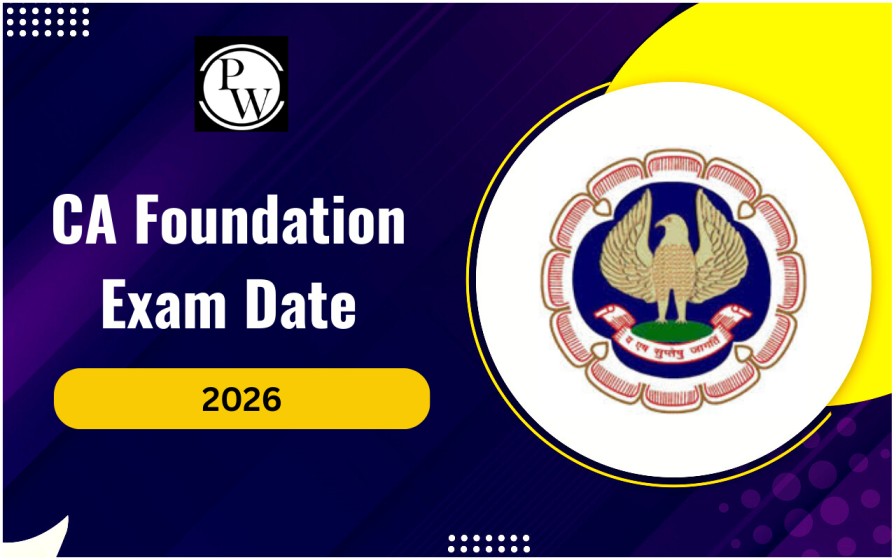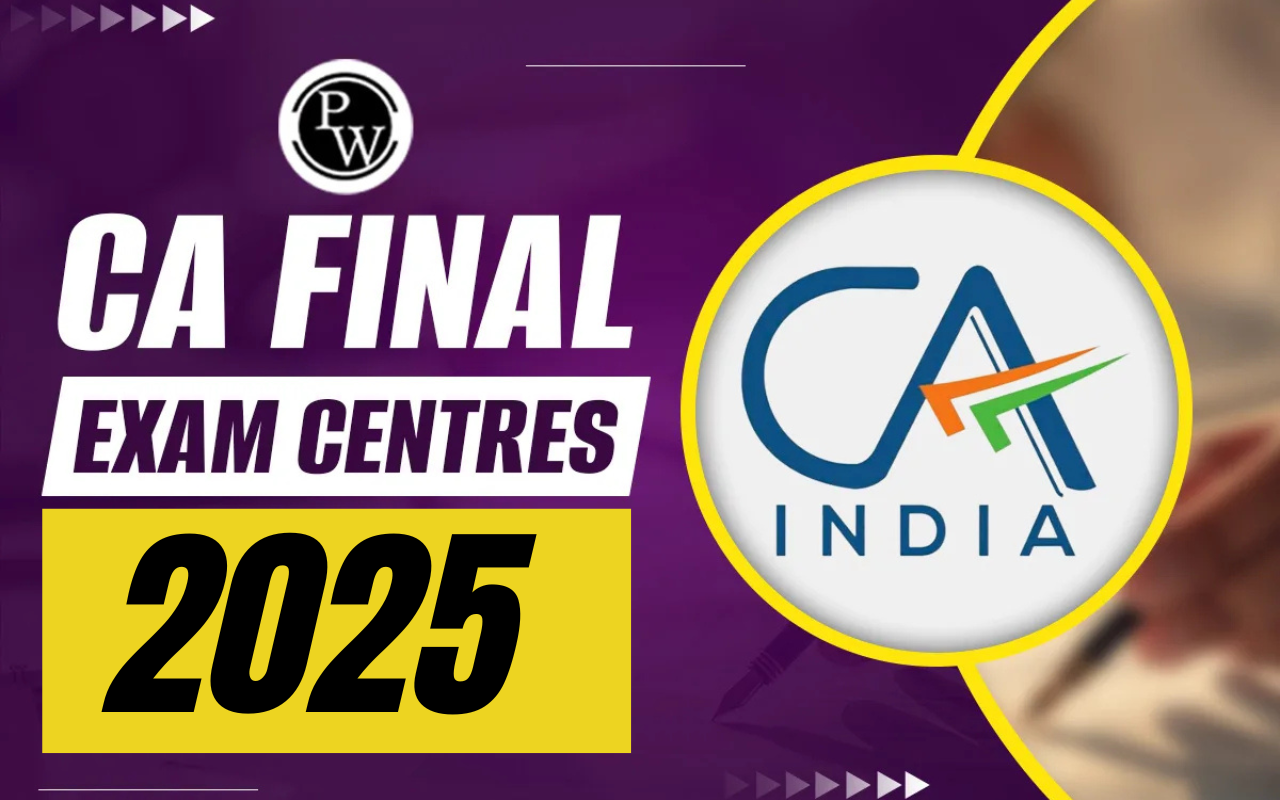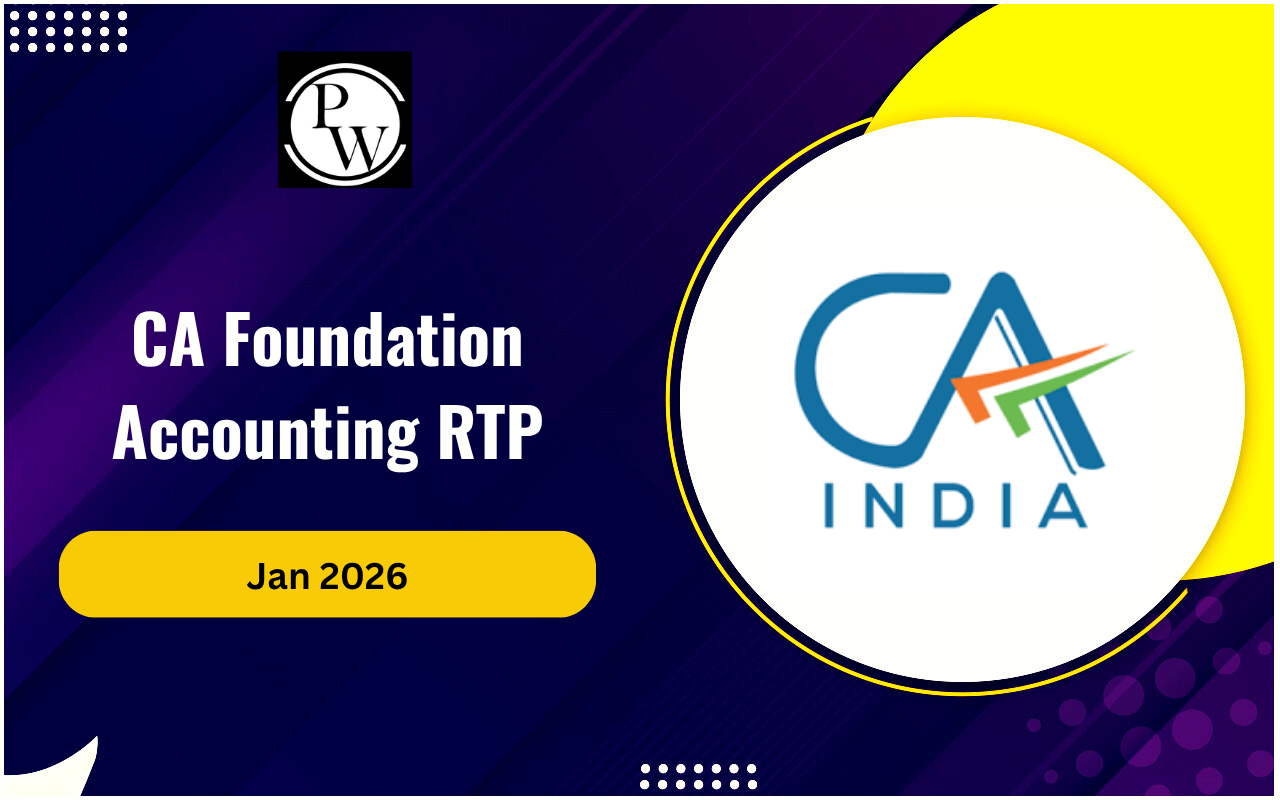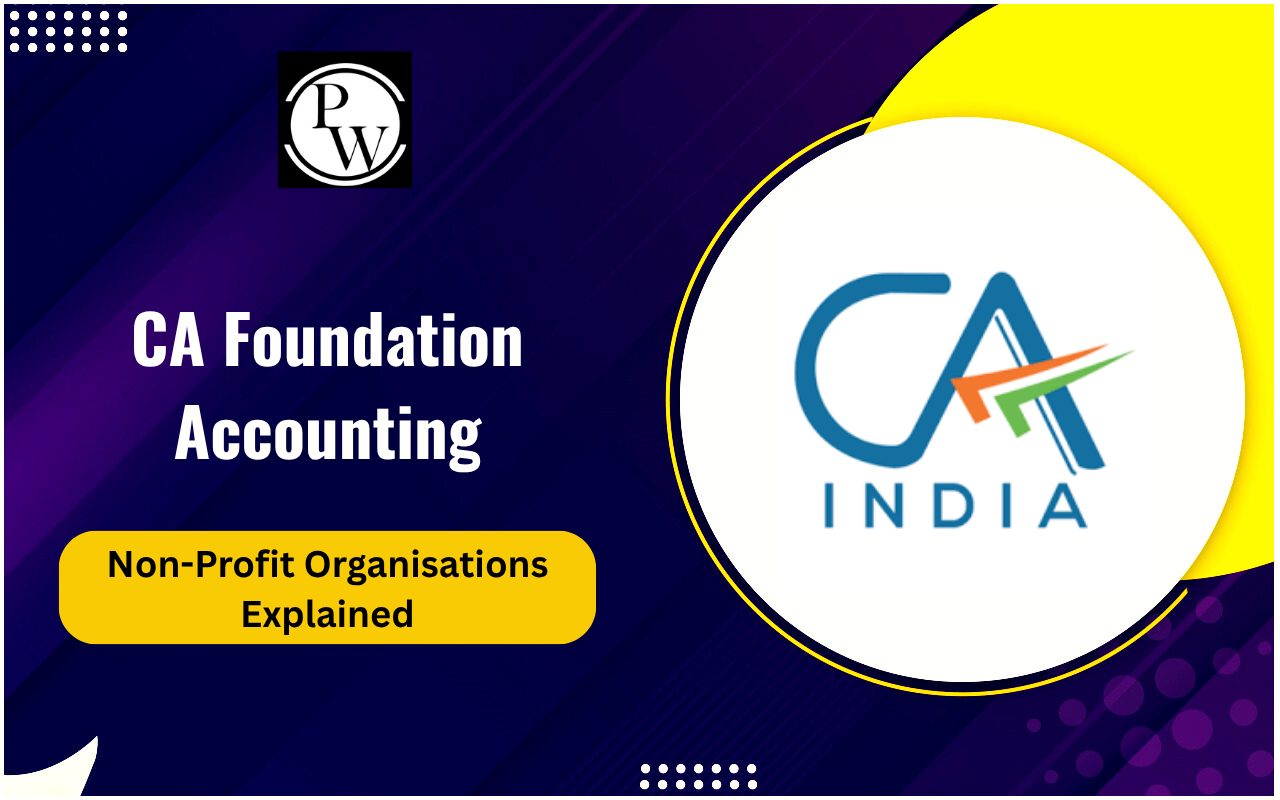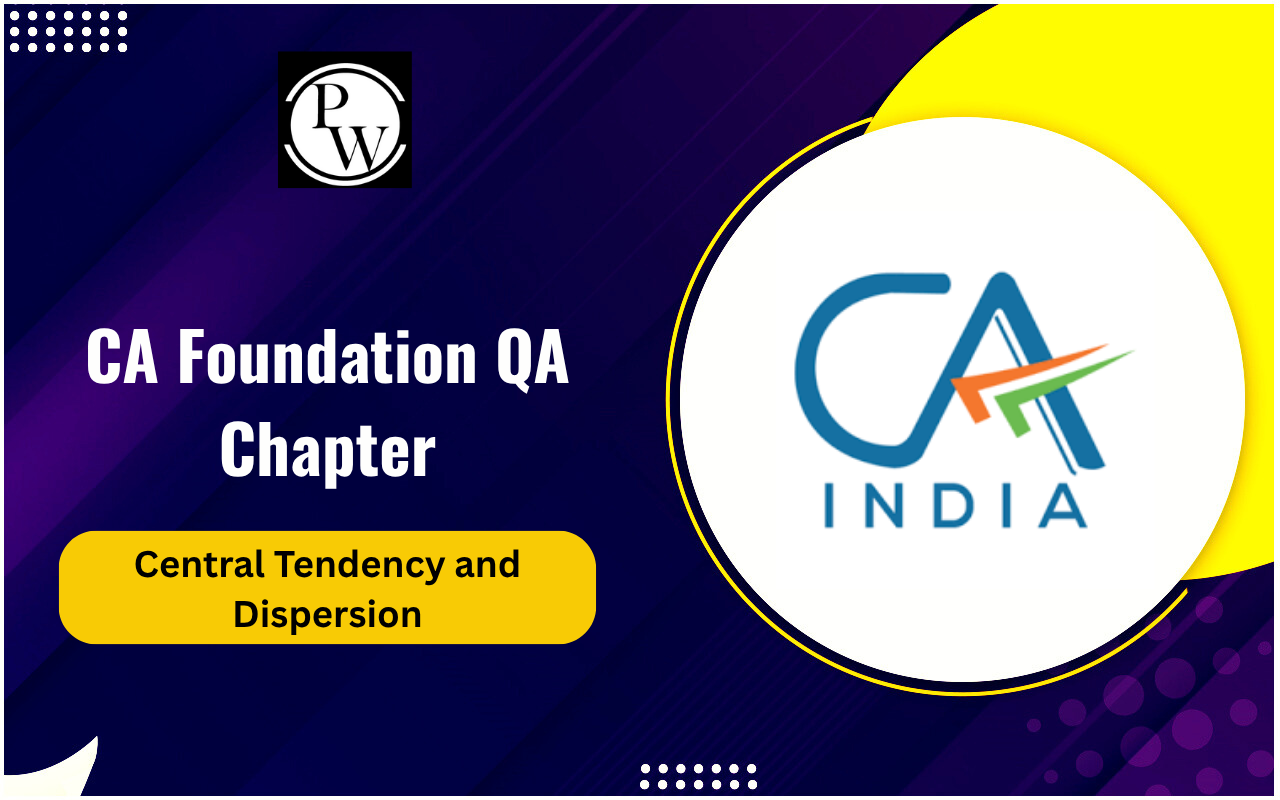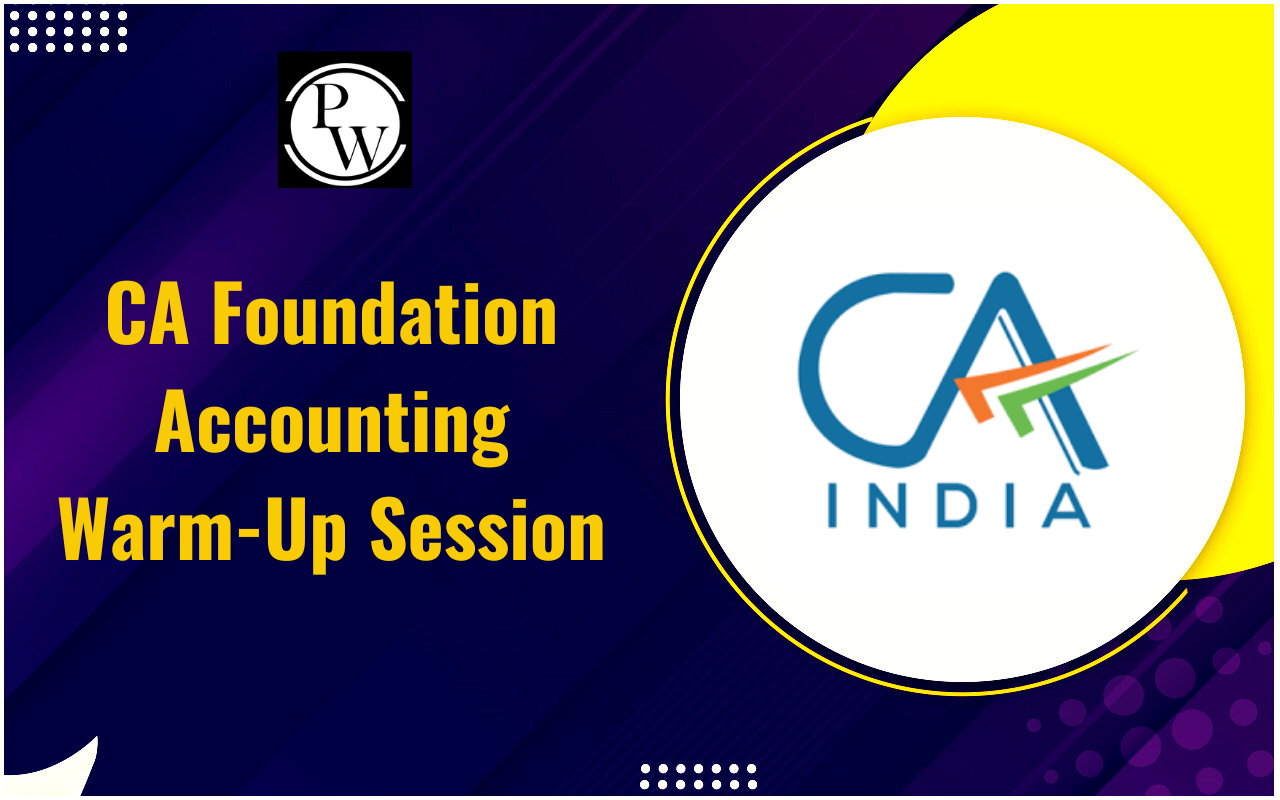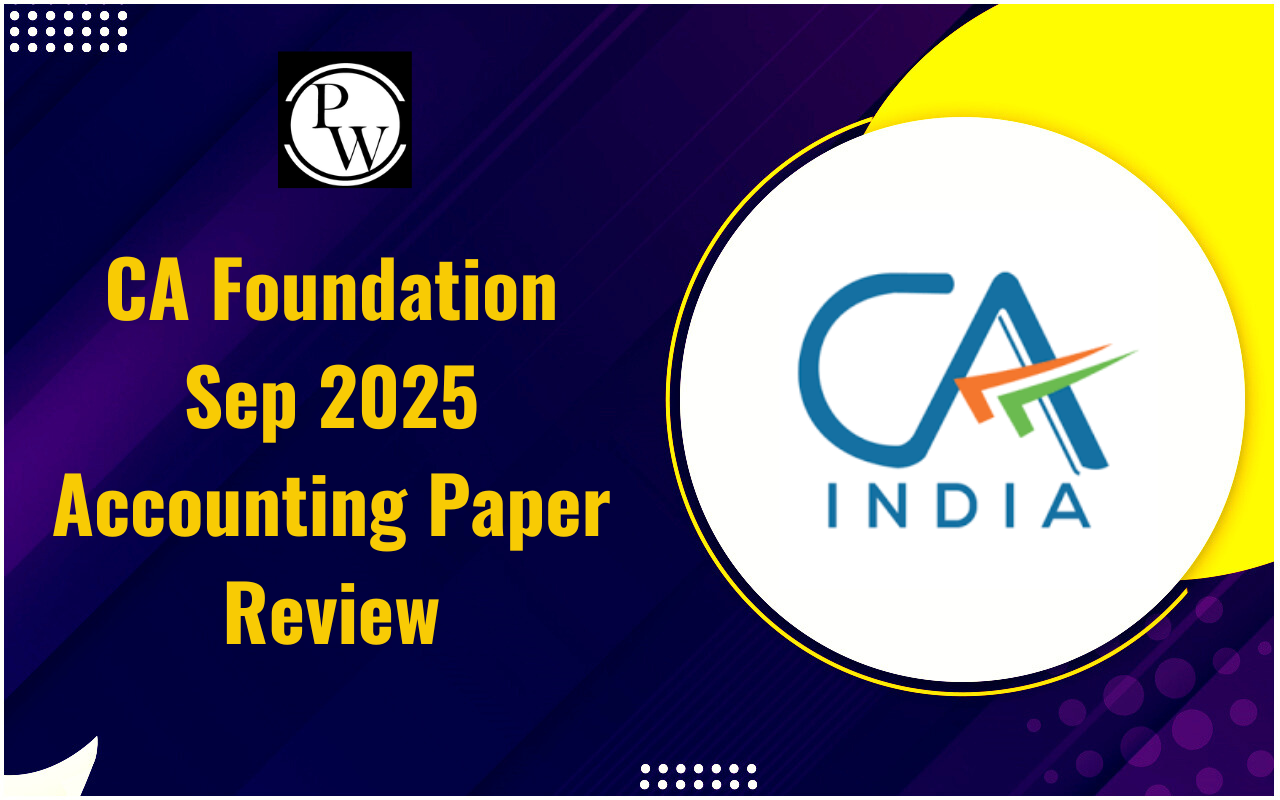
Aspiring to become a Chartered Accountant (CA) requires a thorough understanding of various audit processes, among which Audit Risk Assessment stands out as a crucial aspect. Graduate students preparing for the CA Exams must grasp the intricacies of this concept to ensure they are well-prepared for both their exams and future careers.
In this article, we'll delve into the essentials of Audit Risk Assessment, explaining its significance, components, and methods.What is Audit Risk Assessment?
Audit Risk Assessment is a fundamental process that auditors use to identify and evaluate risks of material misstatement in financial statements. It involves understanding the entity being audited, its environment, and its internal controls. The ultimate goal is to determine the extent of audit procedures needed to provide a reasonable assurance that the financial statements are free from material misstatement, whether due to fraud or error.Importance of Audit Risk Assessment
Audit Risk Assessment is vital because it helps auditors plan their work effectively and efficiently. By identifying areas where the risk of material misstatement is higher, auditors can allocate their resources to those areas, ensuring a thorough and focused audit. This process also helps in detecting potential fraud and errors early, safeguarding the integrity of financial reporting.Components of Audit Risk Assessment
The following are the components of Audit Risk Assessment:Inherent Risk
Inherent risk is the susceptibility of an assertion to a misstatement that could be material, assuming there are no related controls. Factors contributing to inherent risk include the nature of the business, the complexity of transactions, and external factors such as economic conditions.Control Risk
Control risk is the risk that a misstatement could occur in an assertion and not be prevented or detected and corrected on a timely basis by the entity's internal control. Effective internal controls are crucial in mitigating this risk.Detection Risk
Detection risk is the risk that the auditor's procedures will not detect a misstatement that exists in an assertion. This risk can be reduced through meticulous audit planning and execution.| Also Check: | |
| Management Accounting | Financial Accounting |
| Auditing and Assurance | Taxation |
| Financial Management | Business Laws and Ethics |
| Social Accounting | Environmental Accounting |
Methods of Conducting Audit Risk Assessment
The following are some methods to conduct Audit Risk Assessment:Understanding the Entity and Its Environment
Auditors must gain a comprehensive understanding of the entity being audited, including its operations, industry, regulatory environment, and internal controls. This knowledge is essential for identifying areas of potential risk.Risk Assessment Procedures
Auditors use various procedures to assess risk, including inquiries of management and others within the entity, analytical procedures, observation, and inspection. These procedures help gather the necessary information to evaluate the risks of material misstatement.Evaluating Internal Controls
Assessing the design and implementation of an entity's internal controls is critical. Auditors need to determine whether these controls are capable of preventing or detecting and correcting material misstatements.Process of Audit Risk Assessment
Identifying Risks
The first step in audit risk assessment involves identifying areas where material misstatements are likely to occur. This requires a thorough understanding of the client's business and industry, as well as knowledge of relevant regulations and standards.Evaluating Risks
Once risks are identified, auditors must evaluate their significance. This involves assessing the potential impact and likelihood of each risk, which helps in prioritizing audit procedures.Responding to Risks
Based on the evaluation, auditors develop an audit strategy that addresses the identified risks. This might include more substantive testing, increased sample sizes, or employing specialized audit techniques.Monitoring and Reviewing
Continuous monitoring and reviewing of the risk assessment process are essential. As the audit progresses, new information may emerge, requiring adjustments to the audit plan. Understanding Audit Risk Assessment is crucial for any aspiring CA. It not only helps in passing the exams but also lays a strong foundation for a successful career in auditing. With the right approach and resources, such as those provided by PW CA Coaching, you can master this essential aspect of auditing and achieve your CA dreams.| Also Check | |
| Internal Audit | Financial Modeling |
| Debt Restructuring | Value Chain Analysis |
| Cash Flow Management | Financial Analysis and Reporting |
Audit Risk Assessment FAQs
What is the main purpose of Audit Risk Assessment?
The main purpose of Audit Risk Assessment is to identify and evaluate the risks of material misstatement in financial statements, allowing auditors to plan and execute their audit procedures effectively.
What are the three components of Audit Risk Assessment?
The three components of Audit Risk Assessment are inherent risk, control risk, and detection risk.
How does understanding the entity help in Audit Risk Assessment?
Understanding the entity helps auditors identify potential risks by providing insight into the entity's operations, industry, and internal controls, which are crucial for effective risk assessment.
Why is assessing internal controls important in Audit Risk Assessment?
Assessing internal controls is important because it helps determine whether the entity's controls are capable of preventing or detecting and correcting material misstatements, thereby reducing control risk.
🔥 Trending Blogs
Talk to a counsellorHave doubts? Our support team will be happy to assist you!

Check out these Related Articles
Free Learning Resources
PW Books
Notes (Class 10-12)
PW Study Materials
Notes (Class 6-9)
Ncert Solutions
Govt Exams
Class 6th to 12th Online Courses
Govt Job Exams Courses
UPSC Coaching
Defence Exam Coaching
Gate Exam Coaching
Other Exams
Know about Physics Wallah
Physics Wallah is an Indian edtech platform that provides accessible & comprehensive learning experiences to students from Class 6th to postgraduate level. We also provide extensive NCERT solutions, sample paper, NEET, JEE Mains, BITSAT previous year papers & more such resources to students. Physics Wallah also caters to over 3.5 million registered students and over 78 lakh+ Youtube subscribers with 4.8 rating on its app.
We Stand Out because
We provide students with intensive courses with India’s qualified & experienced faculties & mentors. PW strives to make the learning experience comprehensive and accessible for students of all sections of society. We believe in empowering every single student who couldn't dream of a good career in engineering and medical field earlier.
Our Key Focus Areas
Physics Wallah's main focus is to make the learning experience as economical as possible for all students. With our affordable courses like Lakshya, Udaan and Arjuna and many others, we have been able to provide a platform for lakhs of aspirants. From providing Chemistry, Maths, Physics formula to giving e-books of eminent authors like RD Sharma, RS Aggarwal and Lakhmir Singh, PW focuses on every single student's need for preparation.
What Makes Us Different
Physics Wallah strives to develop a comprehensive pedagogical structure for students, where they get a state-of-the-art learning experience with study material and resources. Apart from catering students preparing for JEE Mains and NEET, PW also provides study material for each state board like Uttar Pradesh, Bihar, and others
Copyright © 2025 Physicswallah Limited All rights reserved.
Get App
